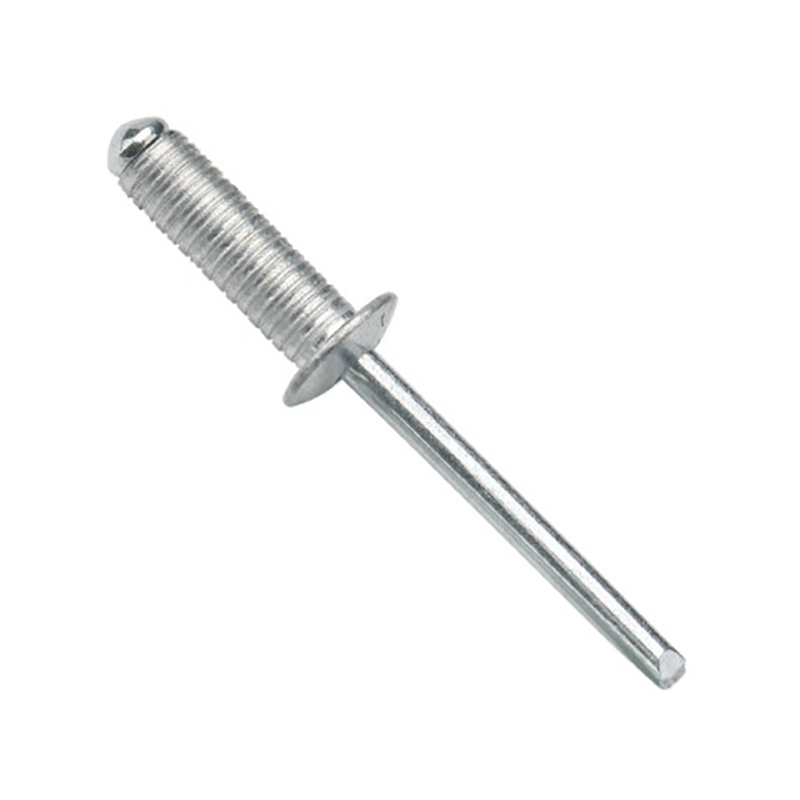
Some of our countries, such as Spain, Japan and the United States, used bolts in some or all of their heavy tank designs for various reasons, such as the lack of automatic welding machines or the inability to reasonably weld very thick armor plates during the entire war.
In modern times, bolts are generally used in conjunction with other standard parts (such as anchor bolts and screws) in order to create a very inseparable mutual fit (commonly known as transition fit). In the specific application, the bolts in the same connector as the loose standard parts bear a large amount of load, and then, the bolts distribute the load to other loose matching standard parts (such as anchor bolts and screws), which are invalid before (when the standard parts are invalid, it will often cause catastrophic failure), and then give warning information enlightenment before other standard parts are invalid. The practical significance of this application in aircraft is quite prominent.
Up to now, bolts are still widely used in the application of light weight and high compressive strength. For example, in the airport, there are many double drum aluminum core pulling rivets, and the aluminum alloy selects the raw materials that do not undergo welding deformation and can produce property changes. The structural blind bolts locked inside and outside can be used in airport applications, because the locked journal is not easy to fall off.
Bolts are also used in denim trousers. The copper bolts used to strengthen the bag structure are the characteristics of blue jeans.
In the past, "hammer head" was usually used to knock the installed bolts as a non-destructive test to detect the tightness and defects. The inspector usually uses a hammer to knock the top of the bolt. In addition, he slowly touches the bolt and the bottom plate with the other hand, and distinguishes the sound returned to distinguish the quality. The loose bolt causes different sound that can be identified.
In modern times, bolts, like other stainless steel plates, need to test the structural mechanical properties such as cutting and tensile strength, and sometimes continue to carry out further tests on other important characteristics. All aluminum color rivets, such as rupture load, corrosion resistance, etc., cutting experiments include installing bolts into two plates with special strength and thickness, and accurately measuring the force required for pasting plates.
Many national industry standards require practical mandatory provisions for such destructive testing experiments, such as the American ifi-135 specification (the British manufacturer of anchor bolts, nuts and bolts) and so on.


Tel:13738803808 QQ:376446328 / 642021393
E-mail:admin@nbcxkn.com Add:No.391, luzhongxi District, Xinglu village, Andong Town, Cixi City
Website:xujiaspz.cn

Scan QR code